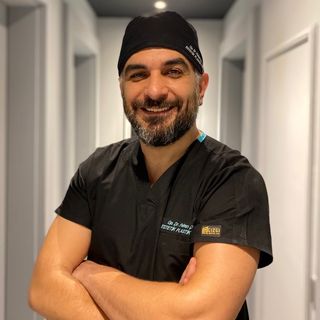
WHY IS RHINOPLASTY PERFORMED?
Rhinoplasty is performed to reshape the nose and give it a more youthful and aesthetically pleasing appearance that is compatible with the face. The size of the nose can be reduced, the angle of the nose with the upper lip can be altered, the tip of the nose can be repaired and other defects such as indentation and protrusion of the nose can be corrected. If you are not satisfied with the appearance of your nose, rhinoplasty surgery can be performed.
Rhinoplasty surgery changes the size, shape, and angle of the nose, making it compatible and proportional to the rest of the face. However, respiratory problems such as the inability to breathe can also be corrected.
The results of rhinoplasty will vary depending on your wishes and expectations. It is important to have good communication with your surgeon while you are planning your surgery.
The results of rhinoplasty are permanent, but exposure to trauma in the future may alter the results. Rhinoplasty applies to individuals who have reached the age of 18. If the surgery is performed before this age, it is not recommended for those under 18, as the development of the nose continues, it may affect the results of the surgery.
WHO CAN HAVE RHINOPLASTY?
Rhinoplasty is most often performed on people who are not satisfied with the appearance of their noses. It aims to make the nose compatible and proportional to the face. A smaller percentage of people who are interested in rhinoplasty surgery are those with problems such as shortness of breath due to structural disorders and nasal injuries.
Rhinoplasty surgery can be applied to those who meet the following criteria:
- Those who have a very large or very small nose depending on their face.
- Those who have a protrusion on the bridge of the nose.
- Those who have a large nose.
- Those who have a curved, irregular nasal surface and a large nasal tip.
- Those who are injured in such a way that the symmetry of a part of the nose is disturbed.
- Those who have breathing problems due to irregularities in the internal structure of the nose.


HOW IS THE RHINOPLASTY PERFORMED?
Rhinoplasty surgery is also applied to eliminate deformations in the nasal area due to various effects. It can be applied using various techniques to eliminate problems such as breathing and irregular appearance caused by these deformations. These applications are determined individually for the patient. The goal of the treatment is to obtain a natural but flashy nose that harmonizes perfectly with the rest of the face, without an artificial appearance. The operation is applied in two techniques, the open technique and the closed technique, in the simplest terms, in addition to these, the repair can be performed in appropriate patients with a non-surgical technique. The healthiest decision will be to choose the most appropriate method for you after being examined by your plastic surgeon, following the recommendations of your doctor.
NON-SURGICAL RHINOPLASTY (FILLING)
The filling method is a technique applied without any surgical incision. It can be applied in slightly arched and non-severe profile curves. A filler material containing hyaluronic acid is injected into the required area of the nose to achieve the patient’s desired aesthetic, creating an aesthetic appearance. This technique, which does not require surgery, is the method used in suitable patients. After being examined by your plastic surgeon, you can find out if you are suitable for this method.
REVISION RHINOPLASTY
Revision rhinoplasty is the second or third surgery performed on patients who are not satisfied with their first operation. Its application is more difficult than the first surgery. The degree of difficulty of the operation increases exponentially by taking into account the variables resulting from the previous procedure. The doctor who will perform a revision rhinoplasty must be an experienced plastic surgeon. Since the results of the first rhinoplasty take about two years to stabilize, it is generally recommended that revision surgery not be performed during this process.
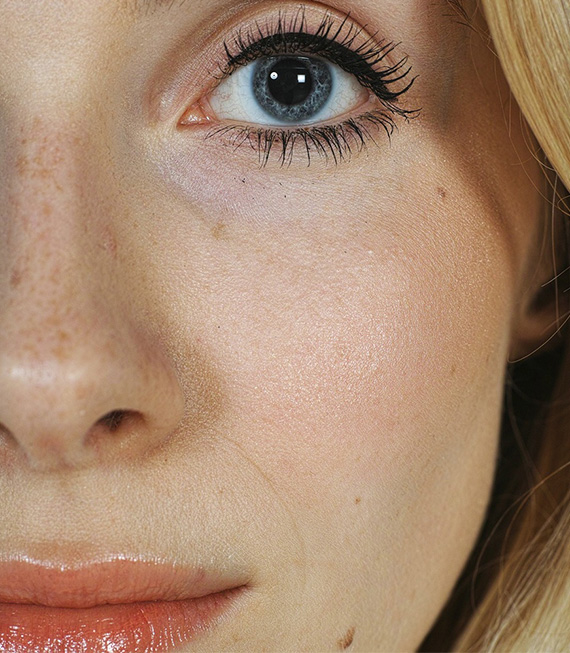
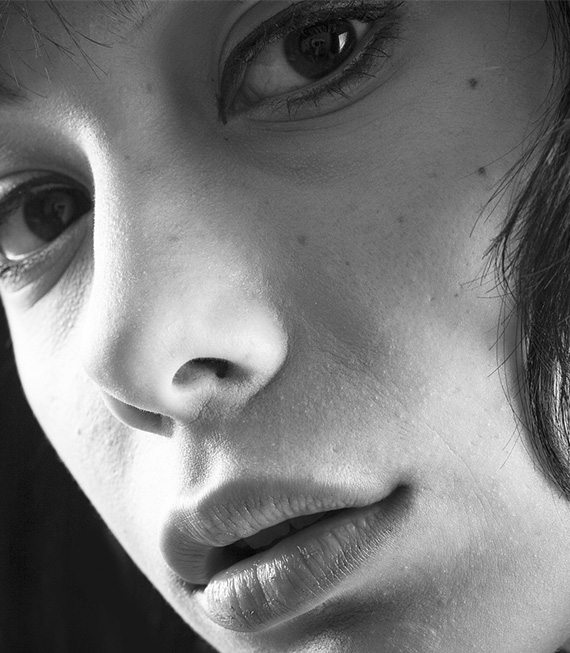
RHINOPLASTY SURGERY: RISKS AND COMPLICATIONS
It is very common to have temporary swelling, edema, and bruising around the eyes and nose after rhinoplasty. Other results that may occur include:
- Bleeding
- Minimal damage to the septum (the wall separating the nostrils)
- Skin problems such as deterioration of skin tissue (skin necrosis), irritation
- Infection (preventive antibiotics are administered after surgery to reduce the risk)
- Nasal congestion due to edema inside the nose
- Anesthesia complications
- The cosmetic results of the surgery are rarely inconsistent with expectations.
During The Rhinoplasty Procedure
During rhinoplasty, the surgeon accesses the cartilage and bones of the nose through a small incision that will not be visible from the outside. Depending on the desired result and the patient’s anatomy, some bone and cartilage may be removed or tissue from another part of the body, or a synthetic filler may be added. After the surgeon has reorganized and reshaped the bone and cartilage, the skin and other tissues are repaired and the surgery is complete.
Rhinoplasty is performed in a hospital under general anesthesia. It is generally recommended that patients undergoing surgery spend the first night in the hospital. The filling procedure known as non-surgical rhinoplasty can be performed under outpatient clinic conditions.
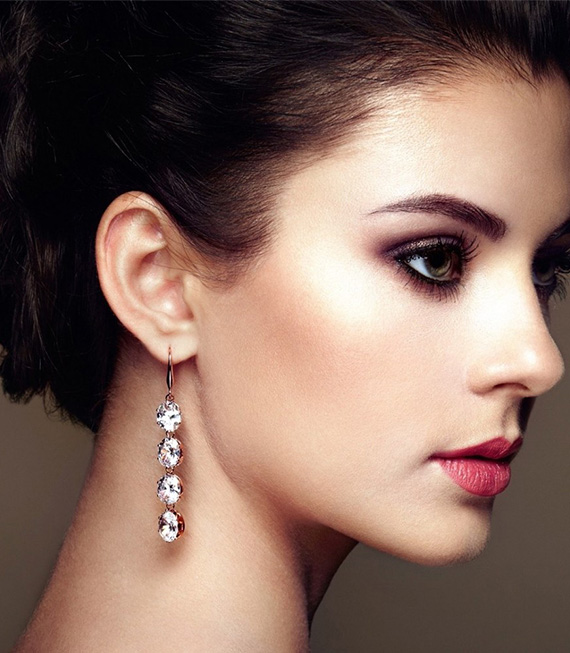
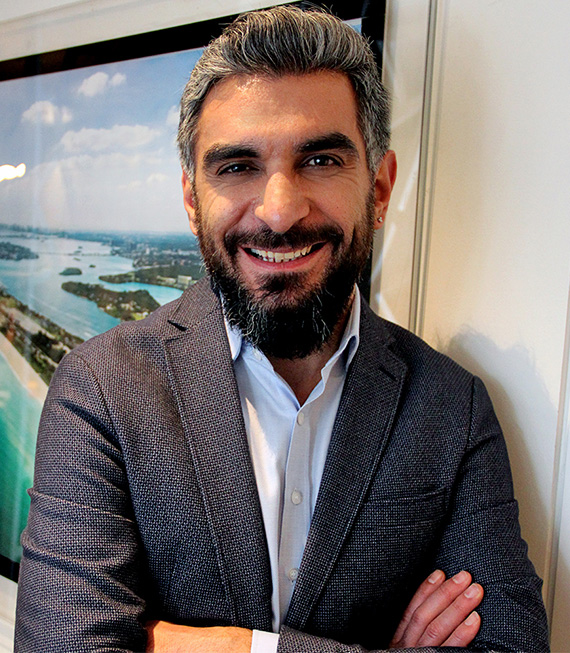
AFTER RHINOPLASTY SURGERY
There may be slight swelling and bruising after the surgery. The application of cold compresses will reduce swelling, bruising, and pain. Recovery time after rhinoplasty can vary from a few days to two weeks depending on the surgeon’s experience and the characteristics of the skin and tissues of the person being operated on.
We can summarize the things to be considered after the surgery as follows:
- It is recommended that you sleep with a high pillow for the first two days after the operation.
- It may take a few weeks to resume heavy sports activities.
- Do not engage in strenuous exercise unless advised by your doctor.
- Do not wear glasses or sunglasses for at least four weeks.
- Follow your regular appointments with your doctor (bandages and stitches are usually removed after one week).
- Shower without wetting the area instead of bathing until the bandages are removed.
- Change bandages and gauze dressings as instructed by your doctor.
Usually, patients can go back to work two weeks after the surgery. However, they must continue to keep their activity levels in check.

